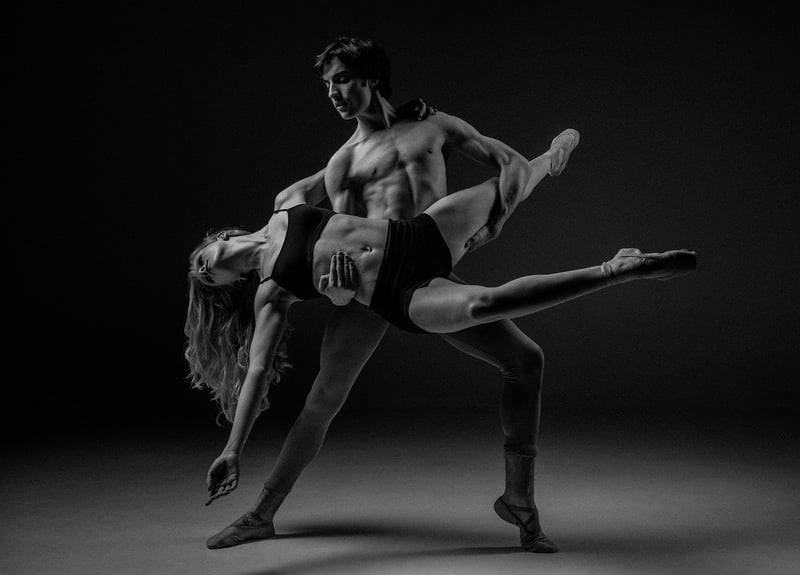Contemporary
Exploring Expressive Movement Forms in Contemporary Dance
In the realm of contemporary dance, expressive movement forms play a vital role in pushing boundaries, conveying emotions, and telling stories through physicality. From fluid gestures to dynamic leaps, contemporary dance offers a platform for dancers to express themselves in unique and innovative ways.
The Power of Contemporary Dance
Contemporary dance is characterized by its versatility and ability to blend various movement styles to create a rich tapestry of expression. Dancers often draw inspiration from traditional forms such as ballet and modern dance while infusing their work with personal experiences and contemporary trends.
Exploring Expressive Movement Forms
Expressive movement forms in contemporary dance encompass a wide range of techniques and styles that allow dancers to communicate ideas and emotions. These forms include:
- Fluid Movements
- Isolation Techniques
- Dynamic Contractions and Releases
- Weight-Shifting
- Gesture and Sign Language Integration
Embracing Creativity and Innovation
Contemporary dance encourages dancers to think outside the box and experiment with unconventional movement vocabulary. By embracing creativity and innovation, dancers can push the boundaries of traditional dance forms and create performances that resonate with audiences on a deeper level.
Image Gallery:


Conclusion
Expressive movement forms in contemporary dance offer a unique and compelling way for dancers to communicate their stories and emotions. By combining various techniques and styles, dancers can create powerful performances that resonate with audiences and push the boundaries of traditional dance forms.
Whether through fluid movements, dynamic contractions, or innovative gestures, contemporary dance continues to evolve as a dynamic art form that celebrates creativity and expression.
